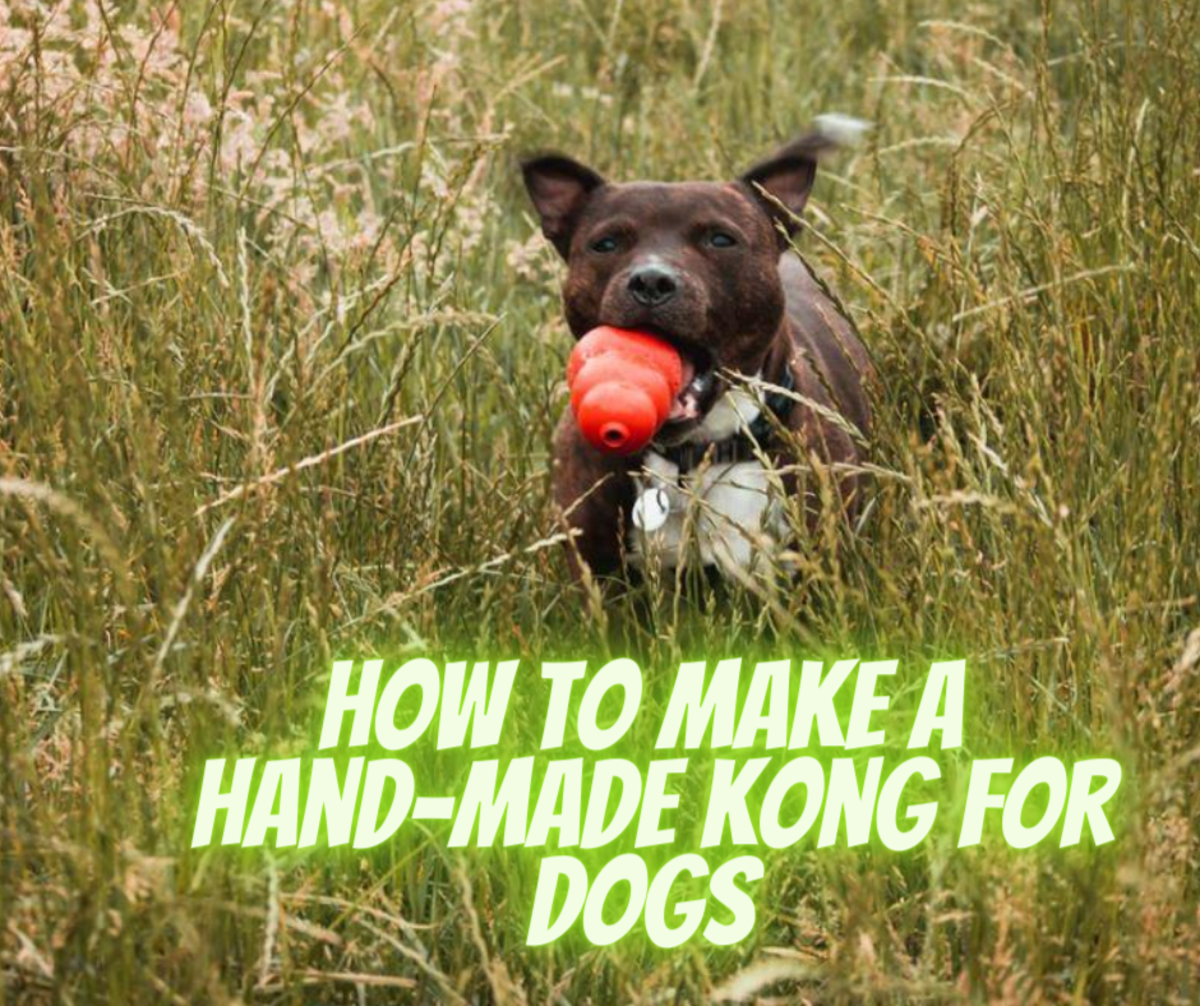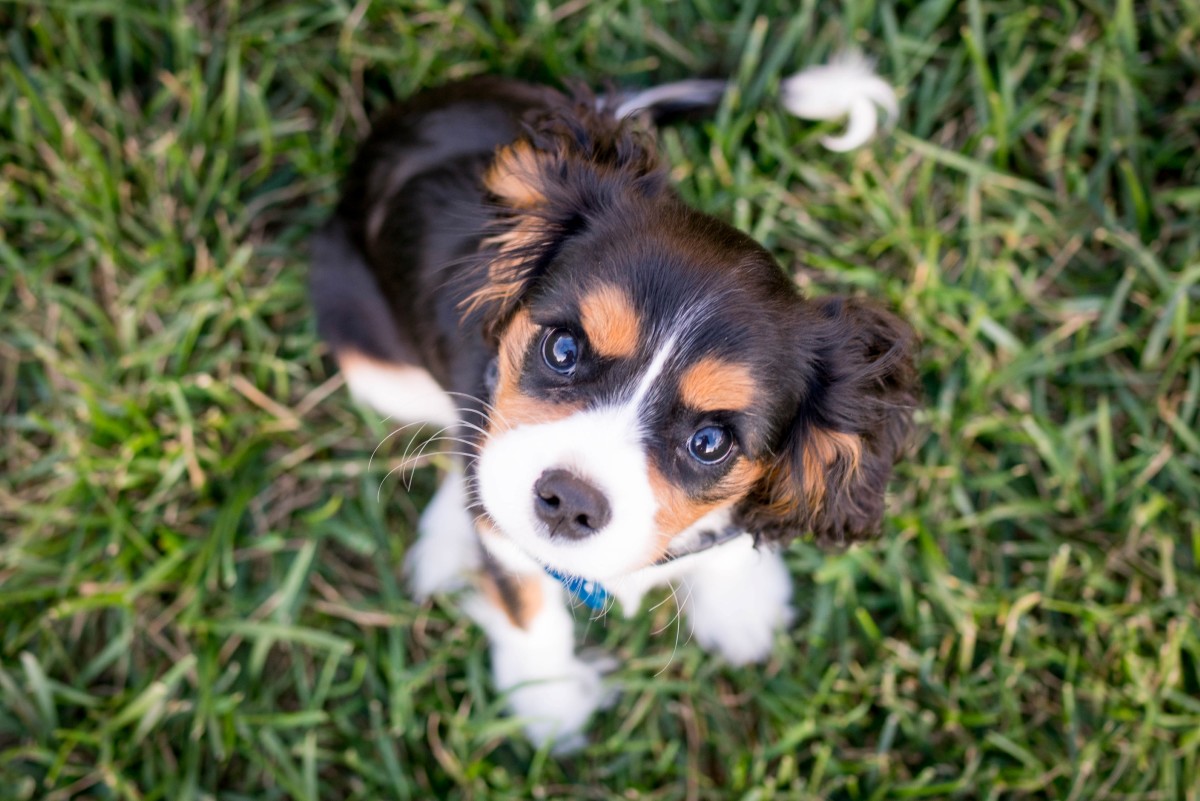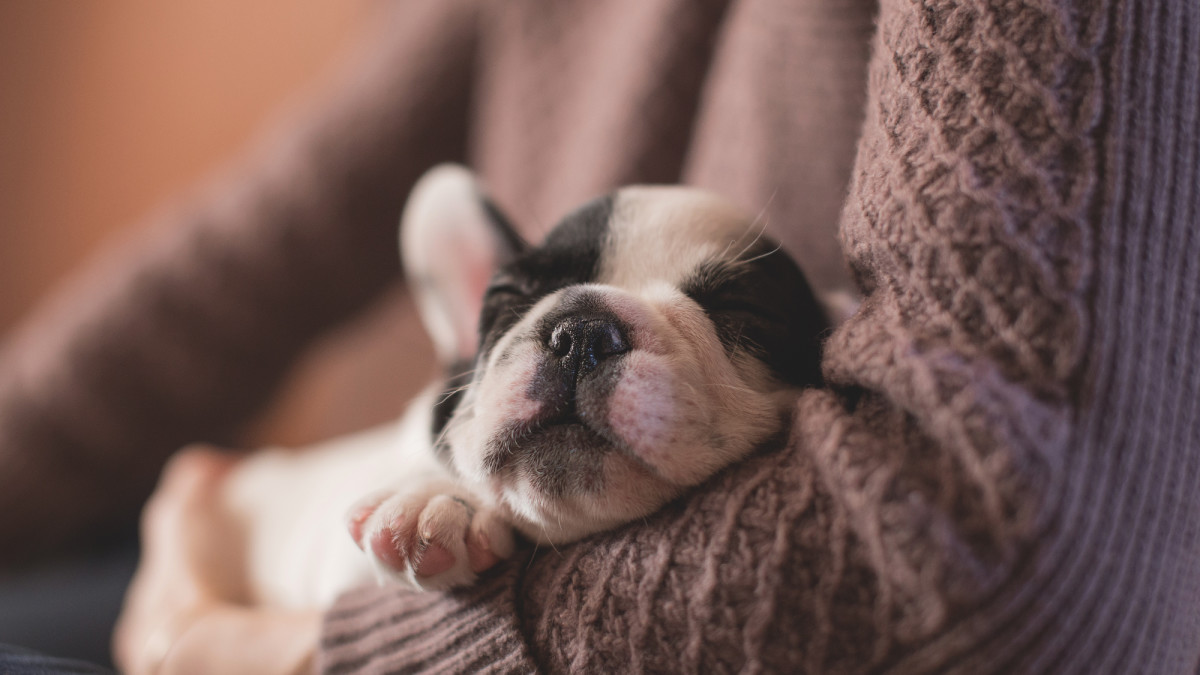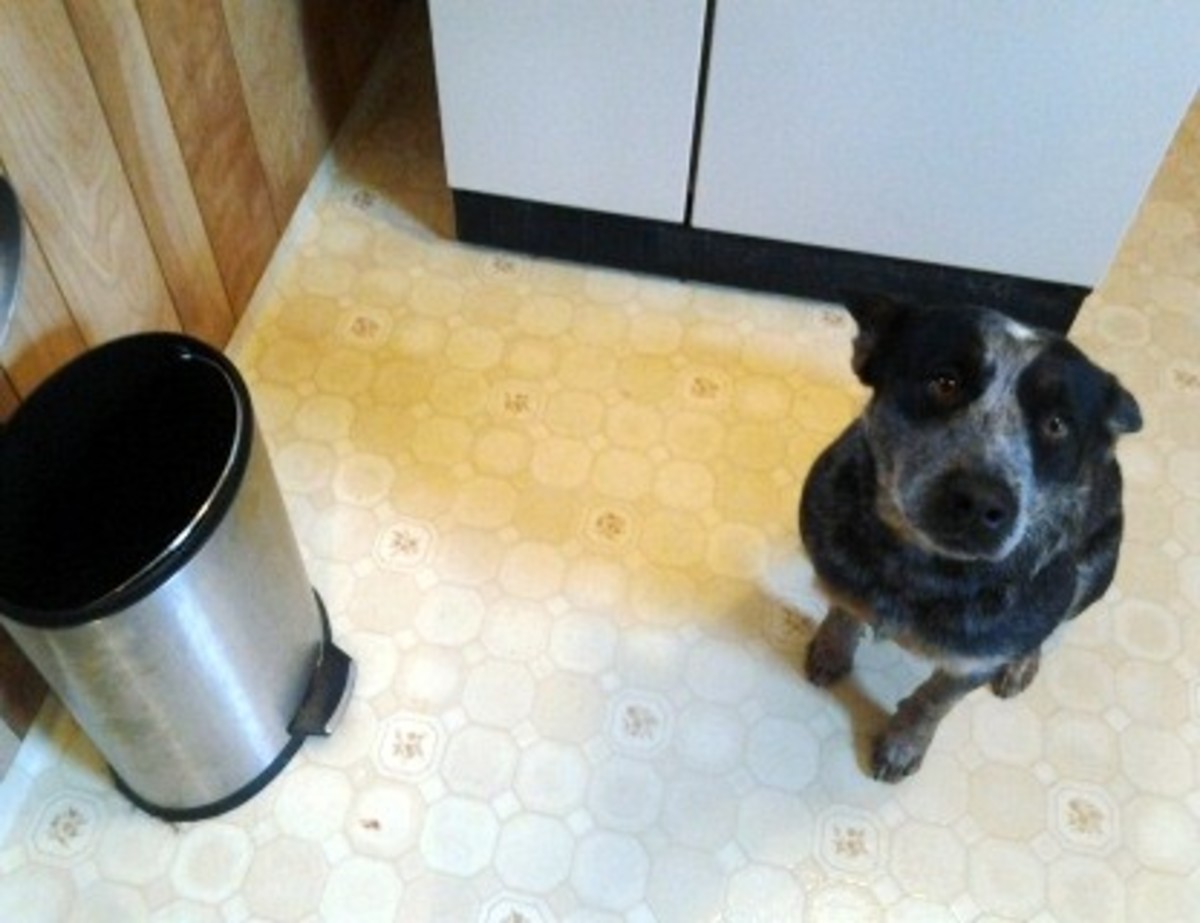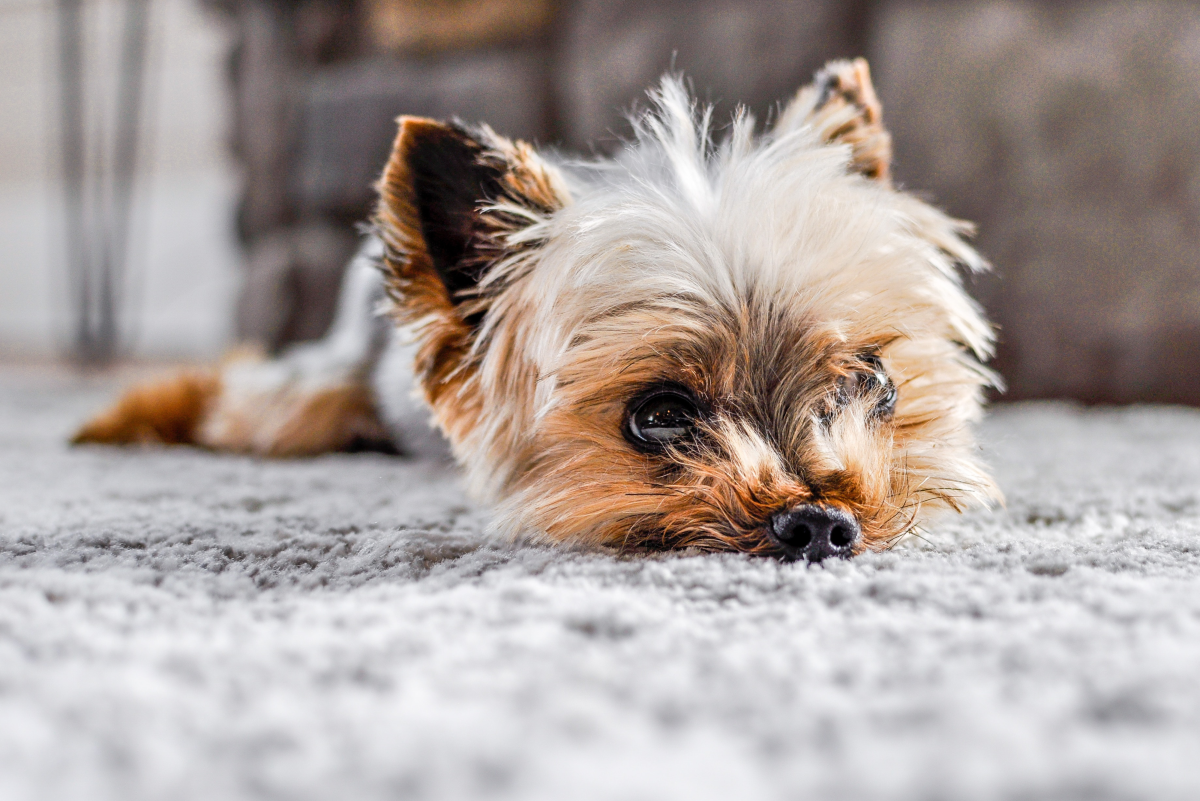How to Keep Your Dog from Getting Bored
You may be wondering how to keep your dog from getting bored whilst you are out of the house, so that it doesn't destroy the furniture or how to keep your dog from getting bored whilst you are in the house with it so that you can get on with the household tasks which need doing without being pestered. I shall consider both these scenarios and share with you some of the methods I have used to stop my dogs from getting bored. Some of these methods will also be suitable if you may have an elderly dog who can't exercise as much anymore or for a dog who is on cage rest recuperating from an operation.
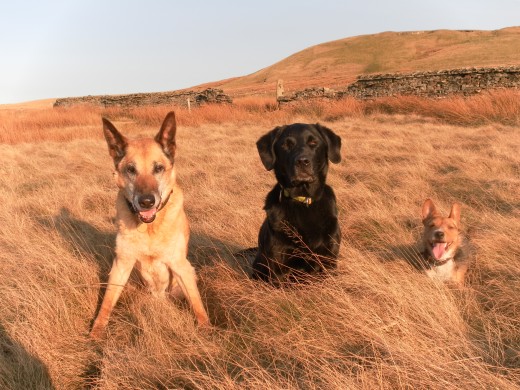

Filling a Pyramid Toy or Kong
The pyramid toy above takes most varieties of dry dog kibble and is easy to fill.
You may need to experiment a bit with what you put in to Kongs because they work best with something sticky to bind the filling together. Some people use peanut butter. Tinned dog food 'Chappie' which is available in the UK is ideal. I mix it with a bit of dried dog food and then squidge it into a Kong.
Some people find freezing the mix in the kong makes it more challenging for the dog, but if your dog has a sensitive stomach it may not cope with frozen food.
I find the traditional Kongs and the dental Kongs take the most time for my dogs to extract the food from. There are alternative brands of Kong type toys, but the ones I've tried haven't been a match in terms of durability.
Leaving a Dog Home Alone
Leaving a dog home alone is a concern for many of us as we worry about what they might get up to in our absence.
Preparation
It is unrealistic to expect a dog to stay quietly at home if it hasn't been exercised before hand. At the very least it should have had a chance to toilet, ideally it will have had a walk appropriate for its breed and age. The walk should end 1/2 an hour to an hour before you leave the dog. A dog who has been exercised will feel more inclined to relax especially if you feed it afterwards. It is best to leave 1/2 an hour between a walk and food to reduce the chance of gastric torsion (twisted gut) developing.
Ideally you should build up the amount of time you leave your dog alone gradually, starting with leaving it in a different room to you for just a couple of minutes and then returning to it casually. You can then extend the time it is in a room on it's own and next expand the distance you go e.g. out of the house for five minutes.You may choose to crate train it so that it doesn't have access to anything you don't want chewed whilst you are out. A crate trained dog should still be walked beforehand and then offered 'boredom breakers' to help him while away the time you are gone.
Boredom Breakers
- To prevent the dog from feeling bored whilst you are out, instead of feeding it from a bowl before you go split the meal into a variety of food dispensing toys such as Kongs, bones and pyramid toys. These will mean your dog has to work for its food and because its had a walk and got its appetite going it should feel quite motivated to do this. Having a selection of toys means you can vary what you use which is more interesting for the dog.
- For dogs which enjoy destroying things a cardboard box or folded kitchen roll tube can be left out for them either with a toy or treat hidden inside. It is a bit of a bind to tidy up afterwards, but I found this a useful tactic with my young and very energetic dog Moby.
- Some dogs enjoy watching television. From observing your dog you will have identified whether it enjoys certain programs - for example wildlife programs with animal noises or even football. You could record some of these programs for when you go out or select the relevant channel. Consider using a timer so that the dog doesn't become bored from it being on the whole time.
- Alternatively you may find that your dog is soothed by the sound of radio playing in the background and you could leave one on for it.

- Vary the toys on offer. Don't give your dog access to all of it's toys all of the time. Keep their favourite ones to give out when you are leaving the house.
- Think about getting a second dog. Dogs are sociable animals and some are happier if they are left with company which also gives them someone to play with. This isn't a decision to make lightly. An alternative might be to leave your dog at doggy daycare when you go out.
Preventing Boredom whilst you are at Home
Dogs can get quite bored even whilst you are at home if you are intently typing on the computer or doing housework or cooking tea. However it is fairly easy to involve them in what you're doing so that they have some fun and stay out of trouble. For example:
- Teach your dog to help with the housework. To see this watch the video at the top. You could train your dog to pick up all the dog toys and put them in a box. This needs to be done in stages and is best done with rewards and praise. When training Bob to do this I broke it down as follows:
- Throw a ball and encourage him to bring it back to me, using the command "bring it."
- Ask him to sit stay. Walk away and put the ball down. Return to Bob and encourage him to go and retrieve the ball using the "bring it" command.
- Introducing the box was a bit harder, partly because he is quite short. To help him I chose a low box and initially placed it balanced on books on a step with the top of the box level with the landing. I stood behind the box. I threw the ball and asked him to "bring it" and rather than take it from him rewarded him when it dropped in the box - which was trial and error to start with. I introduced the command "in the box".
- The next stage was to raise the box a bit higher, but still on the step and once he'd mastered that to have the box on the floor in front of me and also to ask him to sit stay whilst I placed the ball somewhere.
- I moved the box a little away from me and asked him to "Bring it" and then used the "in the box command".
- Finally I put several balls out around the room for him to collect and put in the box.
- I could extend this further by encouraging him to pick up different toys as well. I started with balls because there are usually plenty lying around!
- Whilst you are working round the house introduce games such as 'find the toy'. To start with hide the toy when the dog is watching you. I use the command "find it" and encourage him to look for the toy. Once he's got the hang of that ask him to sit stay outside the room whilst you hide the toy somewhere easy. You can make the hiding places harder as your dog gets better at it.
Dog Puzzle Toy

- You can also use times when you are working intently for example cooking or writing to practice extended down stays with your dog. You will need to build up the time gradually, but it should be quite possible to get up to a half an hour down stay. You can reward the dog and give yourself a break by playing a game with it.
- You might choose to use one of the puzzle toys available as a reward. These are more complicated than the food dispensing toys and the dog should be supervised whilst using them, but because they have to think and concentrate whilst using them they are a good anti boredom device.

